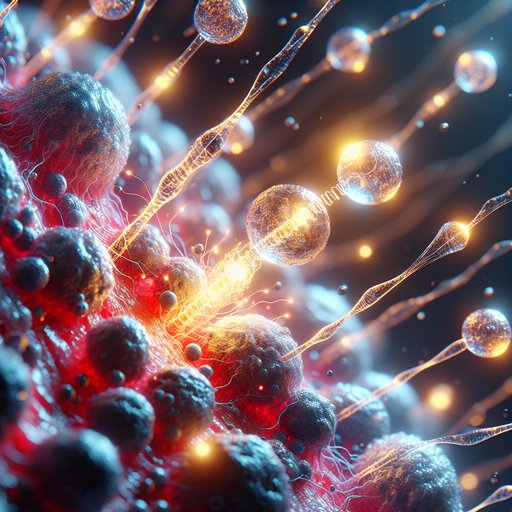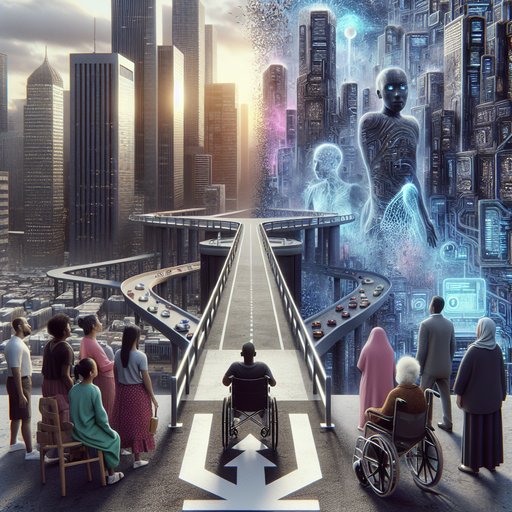
Recent advances in nanotechnology are revolutionizing medical treatments for various conditions, from neurodegenerative diseases to joint problems. Scientists have made significant breakthroughs in developing non-invasive treatments using specialized nanoparticles and materials, offering hope for millions of patients worldwide who suffer from conditions that previously had limited treatment options.
In a groundbreaking development, researchers have successfully reversed Alzheimer's disease in mice using innovative nanoparticle therapy. The treatment works by repairing the leaky blood-brain barrier, a crucial protective mechanism that typically deteriorates in Alzheimer's patients [1]. This advancement represents a potential paradigm shift in treating neurodegenerative disorders.
Scientists have also made progress in brain stimulation technology with a revolutionary nanomaterial called g-C₃N₄. This material can stimulate brain cells naturally without requiring electrodes or surgical intervention [2], potentially offering a less invasive treatment option for various brain disorders.
In the field of orthopedics, Allegro NV has developed a promising injectable hydrogel for osteoarthritis treatment. The company recently demonstrated the material's superior shock-absorbing capabilities at the CellMech conference [3], suggesting a potential breakthrough for millions of arthritis sufferers.
Research is also advancing in wound healing applications, with new studies focusing on ZIF-8-based nanomaterials for treating diabetic wounds [4]. These materials show promise in accelerating the healing process for a condition that affects millions of diabetic patients globally.
- Scientists reverse Alzheimer’s in mice using nanoparticles that restore brain’s natural defenses
- Nanomaterial stimulates brain cells without electrodes or surgery
- Allegro showcases superior shock-absorbing capacity of injectable hydrogel for osteoarthritis at CellMech
- ZIF-8-Based Nanomaterials for Diabetic Wound Healing: Mechanisms, Applications, and Future Perspectives
























